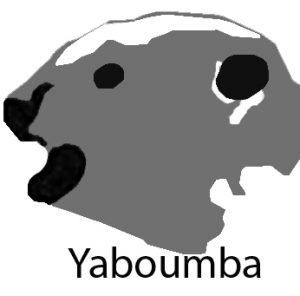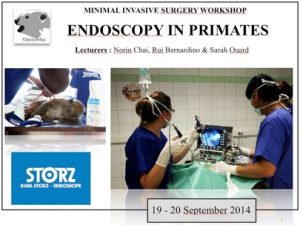Minimal invasive surgery on Primates
Minimal invasive surgery on Primates
Often, wild and exotic animals, give difficulties to the clinician to achieve a definitive antemortem diagnosis. Besides serologic tests, a definitive diagnosis often relies on the demonstration of a host pathologic response and identification the causative agent. The major advantages of endoscopy over traditional methods are the ability to clearly visualize internal structures with magnification. It offers a minimally invasive means of collecting biopsies, hence achieving a definitive diagnosis, which in turns enables more accurate and targeted therapy and improved case success.
Veterinarians who treat nonhuman primates must efficiently develop and carry out diagnostic and therapeutic plans, to satisfy appropriate species care standards, and assure biosecurity for the animals and the keepers (or clients). The endoscopic procedures performed in nonhuman primates are the same as seen in humans. The limit will be the material and the experience of the surgeon.
This workshop shows some endoscopic procedures in nonhuman primate medicine: rhinoscopy, laparoscopy, and minimal invasive surgery (MIS).

